In an era where financial transactions occur at the tap of a screen, ensuring that each user is who they claim to be is more critical than ever. Digital identity verification has emerged as a cornerstone of secure online finance, combining advanced technologies and regulatory frameworks to protect both institutions and customers. From preventing fraud to streamlining onboarding, this comprehensive mechanism bolsters trust and compliance in the digital finance ecosystem.
This post explores the fundamentals, technologies, challenges, and future directions of digital identity verification in the financial services sector.
What Is DIV?
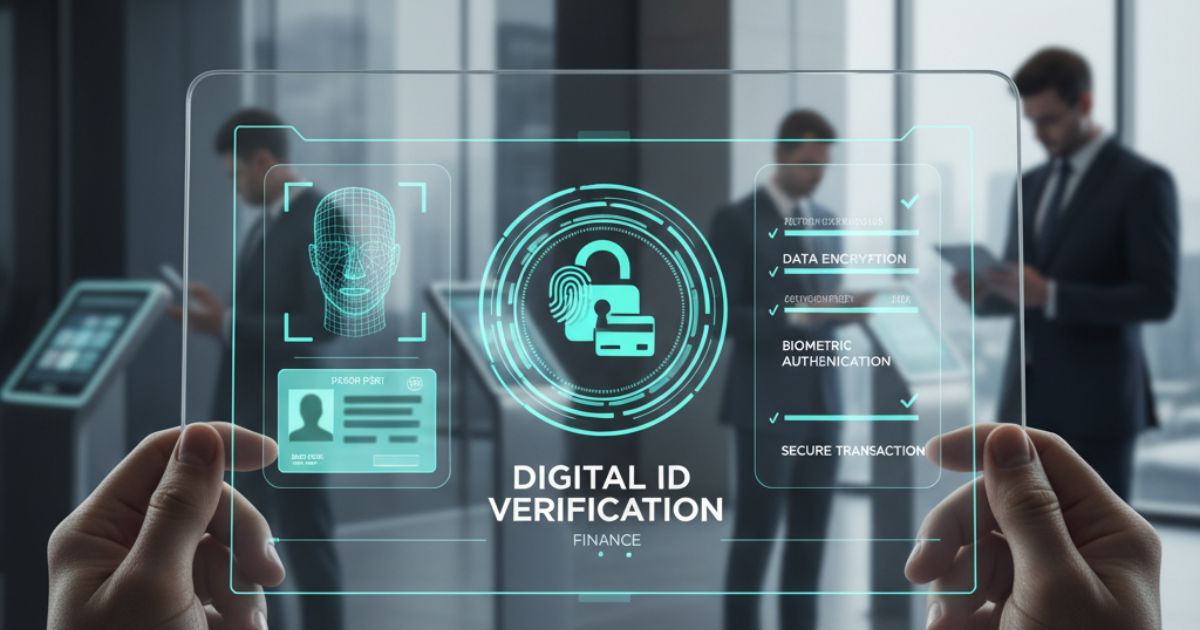
Digital identity verification, or DIV, refers to the process of confirming a user’s identity through electronic methods rather than in-person checks. It typically combines multiple data sources, such as government IDs, biometric markers, device information, and behavioral analytics, to create a reliable digital profile. Unlike traditional paper-based verification, which can be slow and prone to errors, automated identity checks utilize machine learning and secure data exchanges. These methods ensure that only genuine users gain access to sensitive financial platforms and services, reducing the risk of identity theft and unauthorized transactions.
Importance of Digital Finance
As banks, payment providers, and fintech startups increasingly migrate services online, the attack surface for fraudsters expands. Digital identity verification addresses multiple objectives simultaneously: it enforces anti-money laundering (AML) and know-your-customer (KYC) regulations, mitigates account takeover and synthetic identity fraud, and enhances customer experience through faster onboarding. Moreover, a robust verification system builds credibility and trust among stakeholders, ranging from retail clients to regulatory bodies, ultimately driving the global adoption of digital finance solutions.
Key Technologies Driving Digital Identity Verification
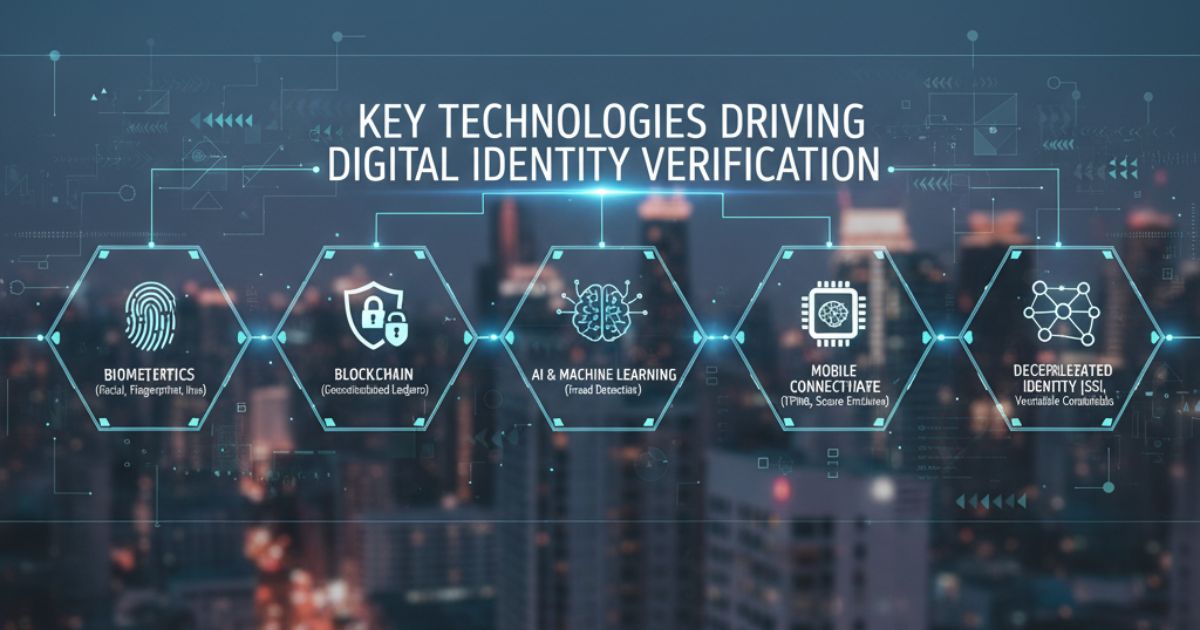
Several cutting-edge technologies power modern identity verification frameworks. Optical character recognition (OCR) algorithms accurately extract text from government IDs. Biometric authentication—such as fingerprint scans, facial recognition, and voiceprint analysis—leverages computer vision and deep learning to compare live captures against stored templates. Device fingerprinting gathers hardware and software characteristics to flag suspicious logins. Behavioral analytics tracks typing patterns, mouse movements, and transaction histories to detect anomalies. Finally, distributed ledger technology (blockchain) offers a decentralized, tamper-evident record of identity attributes, enabling secure data sharing between trusted parties.
Common Verification Methods
Implementers can choose from diverse verification approaches or combine them for multi-factor assurance. Document authentication verifies ID cards, passports, and driver’s licenses through the analysis of hologram detection and security features. Biometric checks compare a live selfie or voice sample against a stored biometric reference. Database checks query government, credit bureau, or telecom records to verify personal details. Mobile-based OTP (one-time password) or SMS challenge-response confirms control of a registered phone number. Risk-based scoring dynamically adjusts verification strictness based on user profile, transaction value, and geolocation data.
Regulatory and Compliance Considerations
Financial institutions must align identity verification with global and regional regulations. The EU’s Anti-Money Laundering Directive (AMLD5), the US Patriot Act, and similar frameworks mandate rigorous KYC checks for customer onboarding and ongoing monitoring. Data privacy laws like GDPR and CCPA require that identity data be processed lawfully, stored securely, and retained only as long as necessary. Organizations must document verification workflows, maintain audit trails, and implement automated reporting to regulators to demonstrate full compliance and reduce the risk of penalties.
Implementation Challenges and Best Practices
Deploying an effective digital identity system presents several hurdles. False positives and negatives can frustrate legitimate users or let fraudulent actors slip through. Legacy infrastructure integration can delay real-time checks. Privacy concerns may erode customer trust if data handling lacks transparency. To overcome these issues, adopt a modular architecture that allows for iterative upgrades, apply explainable AI models to enhance accuracy and transparency, and provide clear privacy disclosures and opt-in controls. Conduct thorough user testing and refine friction points in the verification process to strike a balance between security and a seamless user experience.
Future Trends in Digital Identity Verification
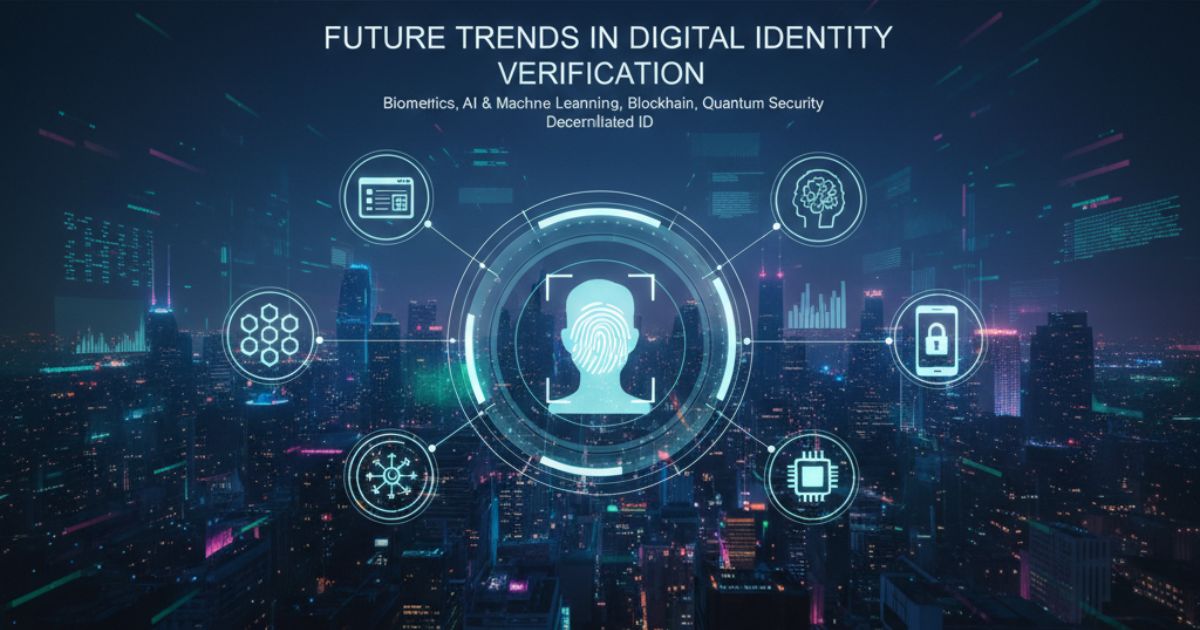
The landscape of identity verification continues to evolve rapidly. Decentralized identity (DID) initiatives enable users to own and share cryptographically signed identity credentials without central authorities. Advanced liveness detection and anti-spoofing techniques will reduce biometric vulnerabilities. Cross-industry consortia may establish interoperable identity networks, making onboarding frictionless across banks, insurers, and e-commerce platforms. Artificial intelligence will further refine risk scoring, enabling dynamic, context-aware verification at scale. As 5G and IoT proliferate, new identity vectors—such as wearables, connected vehicles, and smart home devices—will expand the realm of digital verification possibilities.
Dig Deeper: Revolutionizing Customer Onboarding: The Power of Digital Identity Verification in Digital Finance
Case Study: A Tier-1 Bank’s Verification Overhaul
Consider the example of a leading global bank that revamped its customer onboarding process. By integrating multi-modal identity checks—OCR-powered document scans, facial recognition with anti-spoofing, and device fingerprinting—the bank reduced manual review rates by 80%. Fraudulent account openings decreased by 65%, and onboarding time was reduced from days to under two minutes. Enhanced real-time monitoring flagged suspicious transactions for rapid investigation and review. Customer feedback scores improved significantly, demonstrating that robust security can coexist with superior user experience when best practices are applied.
Conclusion
Digital identity verification stands at the intersection of technology, compliance, and user-centric design. For financial services operating in an increasingly digital-first world, it is not merely an operational necessity but a strategic differentiator. By embracing advanced verification methods, adhering to evolving regulations, and prioritizing user privacy, institutions can unlock safer and more inclusive financial products for a global customer base. As the ecosystem matures, interoperability and decentralized models promise to elevate identity verification to new heights, further cementing trust in the digital finance era.



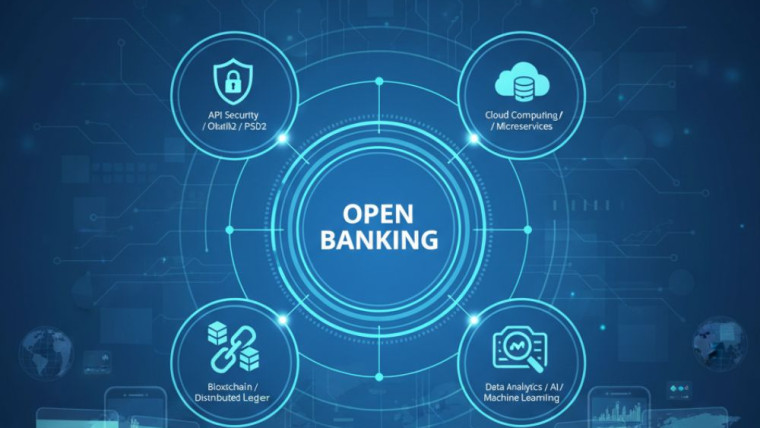

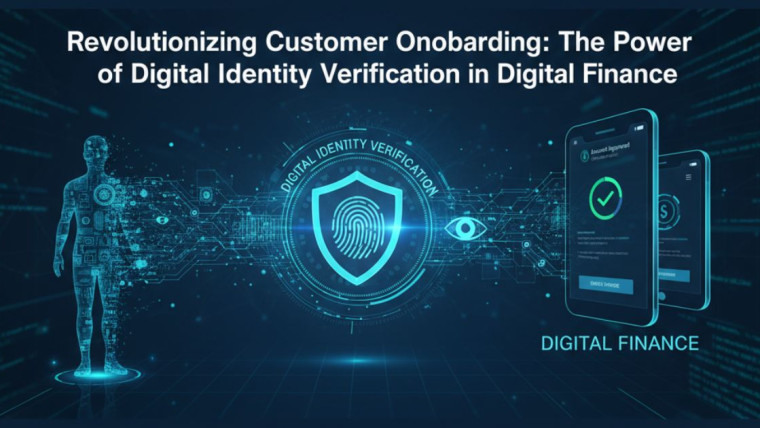


How Open Banking APIs Are Revolutionizing Digital Finance?
AI Fraud Detection: How Banks Prevent Financial Crime in Real Time
Digital Twin Technology in Finance: How Virtual Models Are Transforming Risk Management
Open Banking Revolution: Transforming Digital Finance and Empowering Consumers
Digital Twin Technology in Finance: How Virtual Models Are Transforming Risk Management
The Future of Personal Finance: Autonomous Finance and AI Money Management
AI Credit Scoring: Revolutionizing SME Banking and Digital Loans
AI Fraud Detection: How Banks Prevent Financial Crime in Real Time